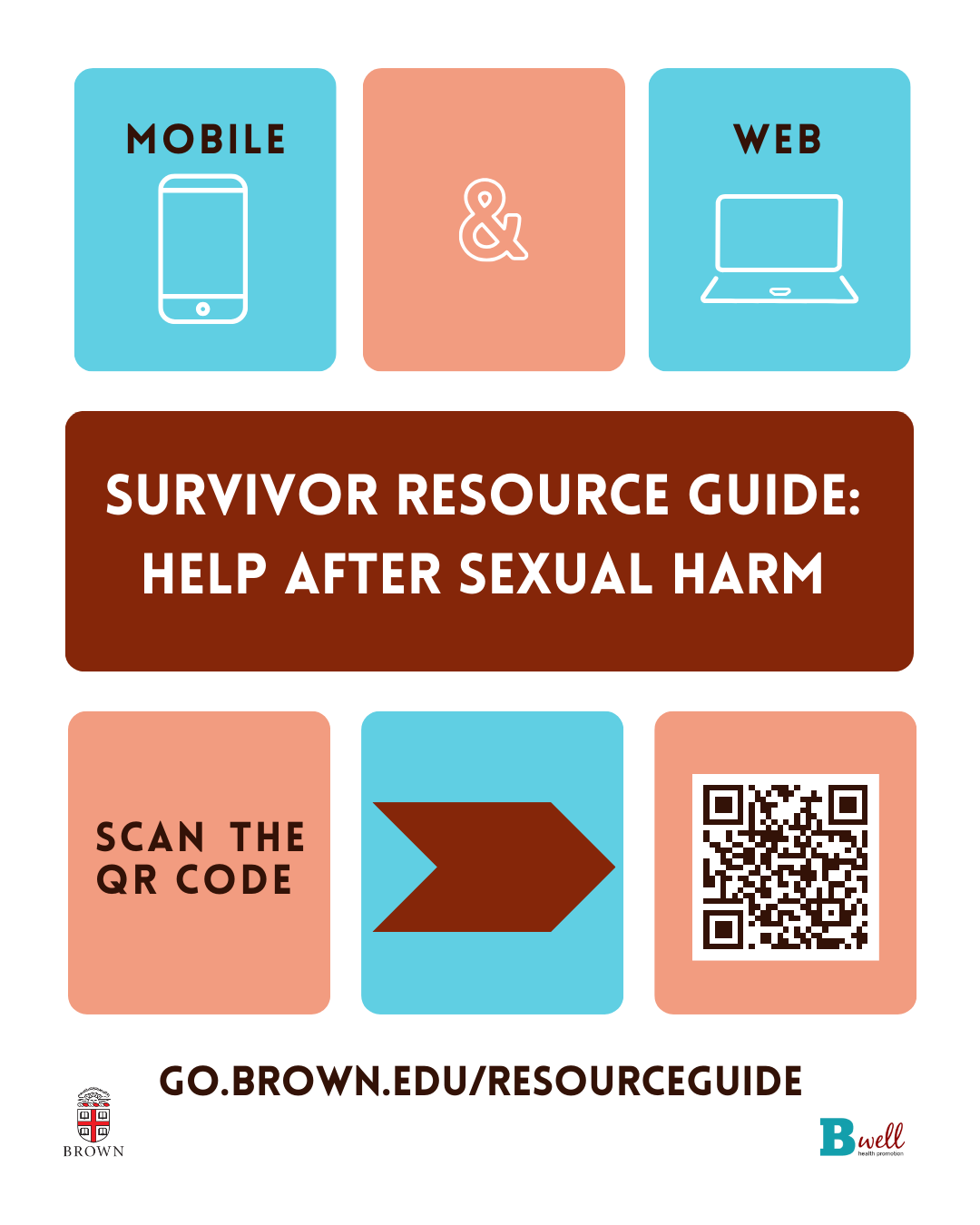We want safer communities, but it can be hard to know when to act or what to say to our friends, roommates, group members, teammates, etc when we notice them engaging in harmful behaviors. Read on for important tips.
First, it can be helpful to know that sexual violence is not always premeditated. People may take advantage of opportunities that arise in the environment, so it is important to interrupt situations that create vulnerability on a regular basis to create safer spaces. There are harmful social norms-about power, gender, desirability, entitlement- that contribute to a lack of learning about consent and how to treat others. THIS IS NOT AN EXCUSE for violent behavior and does not lessen the impact on the person who was harmed. It does provide an opportunity for us, for you, to talk to others about changing their behavior, before harm happens.







